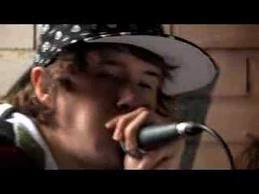2000s - Music Software Evolution

In recent years, as computer technology has become more accessible and
music software has advanced, interacting with music production technology is now possible using means that bear no relationship to traditional musical performance practices:
for instance, laptop performance (
laptronica)
and live coding.
In general, the term Live PA refers to any live performance of electronic music, whether with laptops, synthesizers, or other devices.
In the last decade, a number of software-based virtual studio environments have emerged, with products such as Propellerhead's Reason and
Ableton Live finding popular appeal.
Such tools provide viable and cost-effective alternatives to typical hardware-based production studios, and thanks to advances in microprocessor technology, it is now possible to create high quality music using little more than a single laptop computer. Such advances have democratized music creation,
leading to a massive increase in the amount of home-produced electronic music available to the general public via the internet.
Artists such as Fluker from Australia, can now also individuate their production practice by creating personalized software synthesizers, effects modules, and various composition environments. Devices that once existed exclusively in the hardware domain can easily have virtual counterparts. Some of the more popular software tools for achieving such ends are commercial releases such as Max/Msp and Reaktor and open source packages such as Pure Data, SuperCollider, and ChucK.






